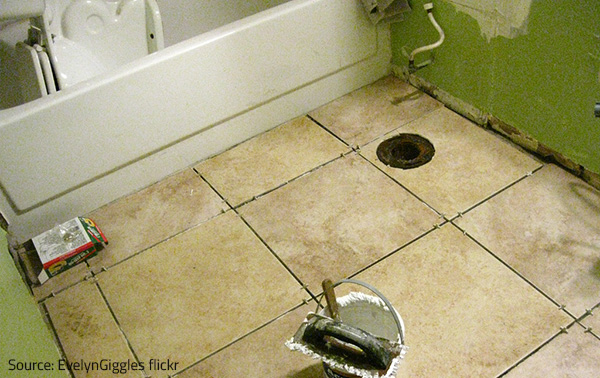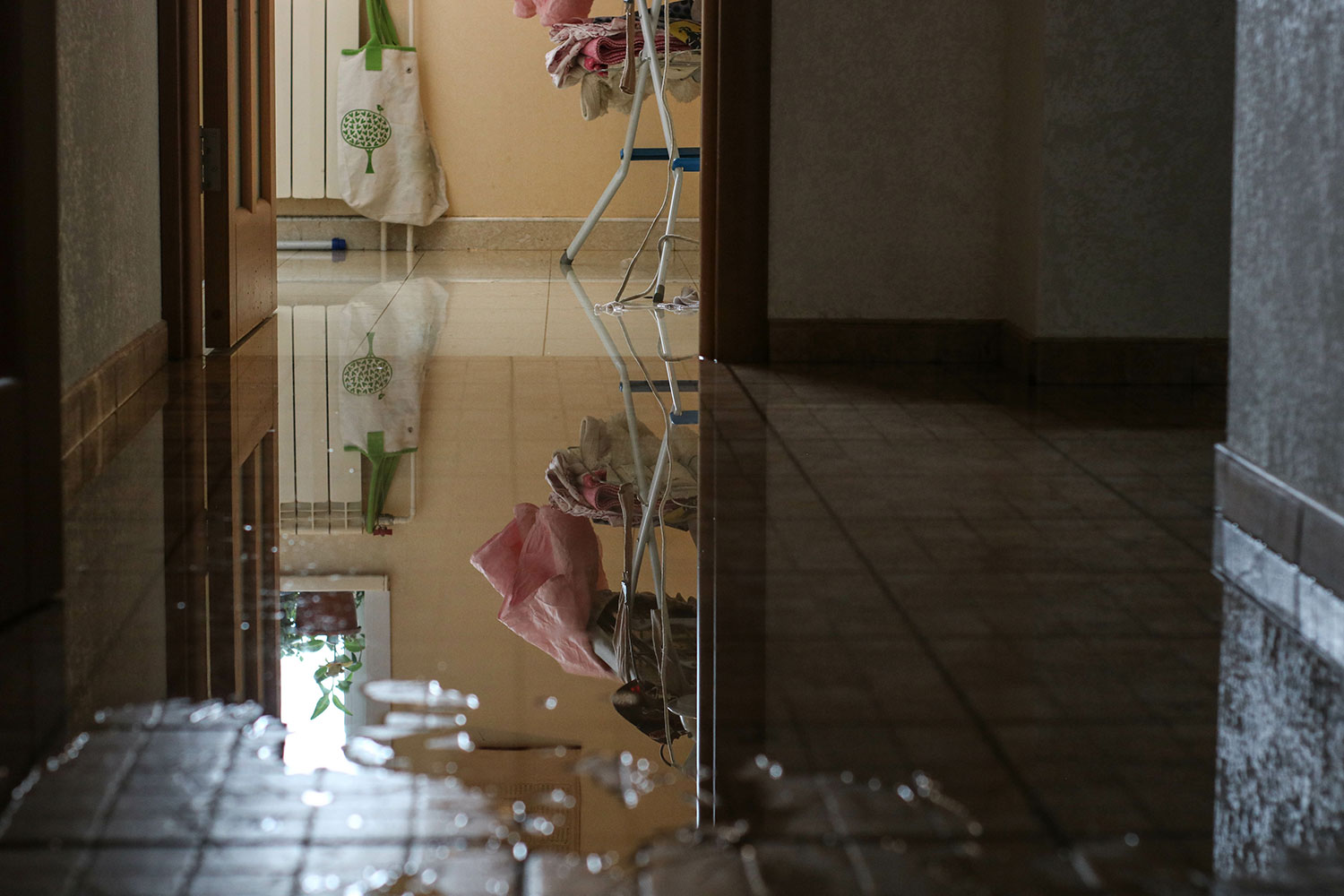What Causes Water Damage in the Bathroom
What Causes Water Damage in the Bathroom
Blog Article
Have you been searching for critical info concerning How to Repair and Prevent Bathroom Water Damage??

Water damage commonly happens in the shower room because of the water utilized everyday. Sometimes, the damages could be a little mold and mildew from the shower. Other times, it's large damages on your floor. Whatever it is, it is constantly great to know the cause and also prevent it before it occurs.
This overview will undergo several of the common sources of water damage in the shower room. We will additionally analyze what you can do to prevent these reasons from harming your bathroom. Let's dive in.
These are the typical factors you would have water damage in your restrooms as well as just how you can spot them:
Excess Moisture
It's great to have that long shower and splash water while you dance around as well as imitate you're doing, yet sometimes these acts could cause water damage to your shower room.
Spraying water around can create water to go to corners as well as develop mold and mildews. See just how you spread out excess moisture around, and when you do it, clean it up to prevent damages.
Cracks in your wall surface floor tiles
Washroom wall surface tiles have been specially designed for that purpose. They protect the wall from moisture from people taking showers. However, they are not unbreakable.
In some cases, your shower room wall surface ceramic tiles fracture as well as enable some wetness to leak right into the wall surface. This can possibly damage the wall surface if you don't take any action. If you notice a split on your wall surface ceramic tiles, repair it right away. Don't wait up until it destroys your wall.
Overflowing toilets and sinks
As human beings, often we make blunders that can trigger some water damage in the restroom. For example, leaving your sink tap on can trigger overflowing and damages to various other parts of the restroom with moisture.
Additionally, a malfunctioning bathroom could create overruning. For instance, a broken commode take care of or other parts of the cistern. When this happens, it can harm the floor.
As quickly as you observe an overflowing sink or toilet, call a plumbing professional to assist handle it immediately.
Ruptured or Leaking Pipelines
There are lots of pipes lugging water to different parts of your bathroom. Some pipelines take water to the commode, the sink, the taps, the shower, as well as numerous various other locations. They crisscross the small location of the restroom.
Once in a while, these pipelines could obtain rustic and also burst. Other times, human action could trigger them to leak. When this occurs, you'll find water in the edges of your bathroom or on the wall surface.
To find this, look out for gurgling walls, molds, or mold. Call an expert emergency situation plumbing to repair this when it happens.
Roof covering Leaks
Occasionally, the problem of water damage to the washroom might not originate from the restroom. As an example, a roofing system leakage could trigger damages to the restroom ceiling. You can detect the damage done by considering the water stains on the ceiling.
If you locate water discolorations on your ceiling, check the roof to see if it's harmed. Then, call a specialist to help fix the concern.
Conclusion
Water damage to your shower room can be annoying. Nevertheless, you can manage it if you avoid several of the causes mentioned in this guide. Call a specialist emergency situation plumbing if you observe any severe damages.
How to Prevent Water Damage in Your Bathroom?
Water damage repair is an expensive, meticulous, and lengthy process. Unfortunately, bathrooms are the most susceptible rooms to water damage due to toilets, showers, and sinks. Pipes and fixtures wear out over time and are not immune to damage. But all is not lost, as there are ways to prevent water damage from occurring in your bathroom.
Check Your Plumbing
Nothing lasts forever, especially pipes, which can rust and begin leaking over time. You should periodically conduct pipe inspections and pay attention for any musty smells or water stains that may indicate you need water damage repair. Here are some things to check:
Frequently test valves for your toilet, shower, and sink to ensure they are properly working. Check faucet supply lines hidden under vanities and replace when needed. Replace cracked or deteriorating caulking along sinks, tubs, and showers. If you notice a clog in your sink, call in a professional. Since you can’t check the pipes in the wall, keep an eye out for stains, drywall bubbling, musty smells, and excess moisture; if the bathroom is on a second level, check the ceiling of the room directly below for these signs. Don’t Overwork Your Toilet
One of the most common reasons bathrooms need water damage repair is due to overflowing toilets. Save yourself the hassle of cleanup by being mindful and not pushing your toilet to extreme limits. If you have young children, it is especially important to keep an eye on them when they are in the bathroom and to teach them how to avoid clogging the toilet. Here are some more tips to help prevent your toilet from overflowing:
If you have a septic tank, only use septic-safe toilet paper Do not flush anything down the toilet besides toilet paper; items like diapers and sanitary napkins will clog the piping Pay attention to your toilet’s water level: If it’s low, it could mean it is partially clogged or that there is a crack in the toilet bowl https://www.alure.com/home-improvements-blog/resources/how-to-prevent-water-damage-in-your-bathroom

We hope you enjoyed reading our excerpt on How to Repair and Prevent Bathroom Water Damage?. Many thanks for spending some time to read our piece. Enjoyed our write up? Please share it. Let others locate it. We cherish reading our article about How to Repair and Prevent Bathroom Water Damage?.
Pests Report this page